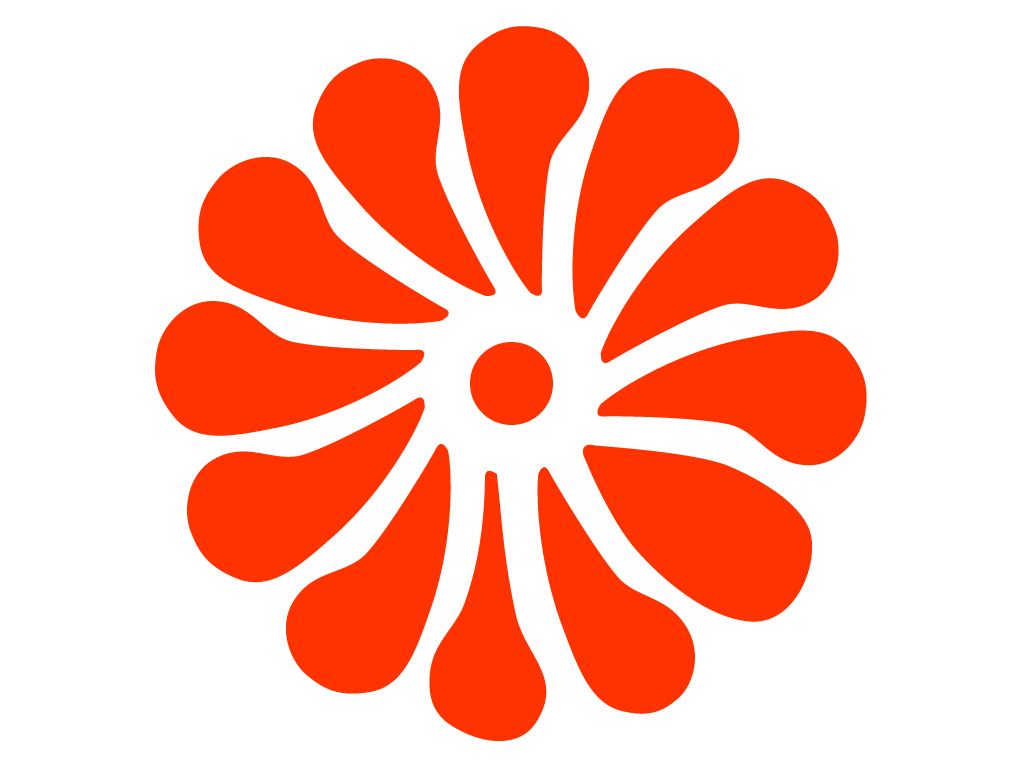Victoria cruziana, a remarkable member of the Nymphaeaceae family, is a giant aquatic plant native to the enchanting landscapes of South America. Known by various names such as Victoria argentina, Santa Cruz Water Lily, Water Platter, or Yrupe, this majestic plant captivates with its impressive size and striking features.
The leaves of Victoria cruziana are a sight to behold, boasting a remarkable size of approximately 2 meters or 6 feet in width. They exhibit a distinctive rim that stands about 8 inches or 20 centimeters tall, adding to their grandeur. Delicately adorned with fine hair underneath, these expansive leaves elegantly float on the water’s surface, creating a picturesque display.

The magnificent flowers of Victoria cruziana are equally captivating. With a diameter of approximately 25 centimeters or 10 inches, each bloom is a breathtaking spectacle. The flowering period is relatively short, lasting for just two days. Initially appearing in pristine white, the flowers undergo a transformation on the second day, revealing a vibrant deep pink hue. This remarkable color change adds to the allure of Victoria cruziana, creating a mesmerizing display for admirers.
Once the flowers have completed their bloom, Victoria cruziana produces unique prickly, berry-like fruits. These fruits contain numerous seeds, each measuring approximately 1 centimeter or 1/2 inch in size. This adaptation ensures the plant’s reproductive success and contributes to the continued propagation of this captivating aquatic species.
Thermogenetic Nature and Naming:
Victoria cruziana possesses a fascinating thermogenetic characteristic, meaning it can generate heat. This extraordinary ability allows the plant to thrive in colder climates, aiding its survival and facilitating the production of flowers. As the bud of the flower heats up, it releases a potent scent to attract pollinators, further enhancing its reproductive strategy.
The botanical name Victoria cruziana was bestowed upon this remarkable plant by Charles Henry Dessalines d’Orbigny, a renowned French botanist. In homage to Andrés de Santa Cruz, the younger brother of Alcide d’Orbigny, who initially discovered the plant in Bolivia, d’Orbigny named it Victoria cruziana. This act of recognition pays tribute to the contributions made by Andrés de Santa Cruz and solidifies the historical and botanical significance of the species.

Cultivation Tips for Victoria cruziana:
To cultivate Victoria cruziana and marvel at its magnificent presence, consider the following guidelines:
Sunlight and Heat: Provide Victoria cruziana with ample sunlight and heat, as these are essential for its optimal growth. Choose a location that receives abundant sunshine throughout the day to ensure the plant thrives.
Soil and Fertilization: Plant Victoria cruziana in rich, loamy soil, ideally with a depth of about 2 feet or 60 centimeters. This nutrient-rich substrate supports the plant’s growth and development. Regular fertilization during the growing season is recommended to provide the necessary nutrients for its flourishing.
Water Requirements: Victoria cruziana demands a substantial water surface to accommodate its expansive leaves and maintain its aquatic habitat. Ensuring an ample water supply is crucial for the plant’s health and vitality.
Propagation: Victoria cruziana can be propagated through seeds. Sow the seeds in late winter, placing them in a few inches of warm water. This environment encourages germination and kick-starts the growth process.
By following these cultivation tips, you can enjoy the awe-inspiring presence of Victoria cruziana in your garden or water feature. Its remarkable size, captivating flowers, and thermogenetic nature create a truly enchanting spectacle, making it a prized addition to any aquatic landscape.

Also, read about Water Lily or Nymphaea




